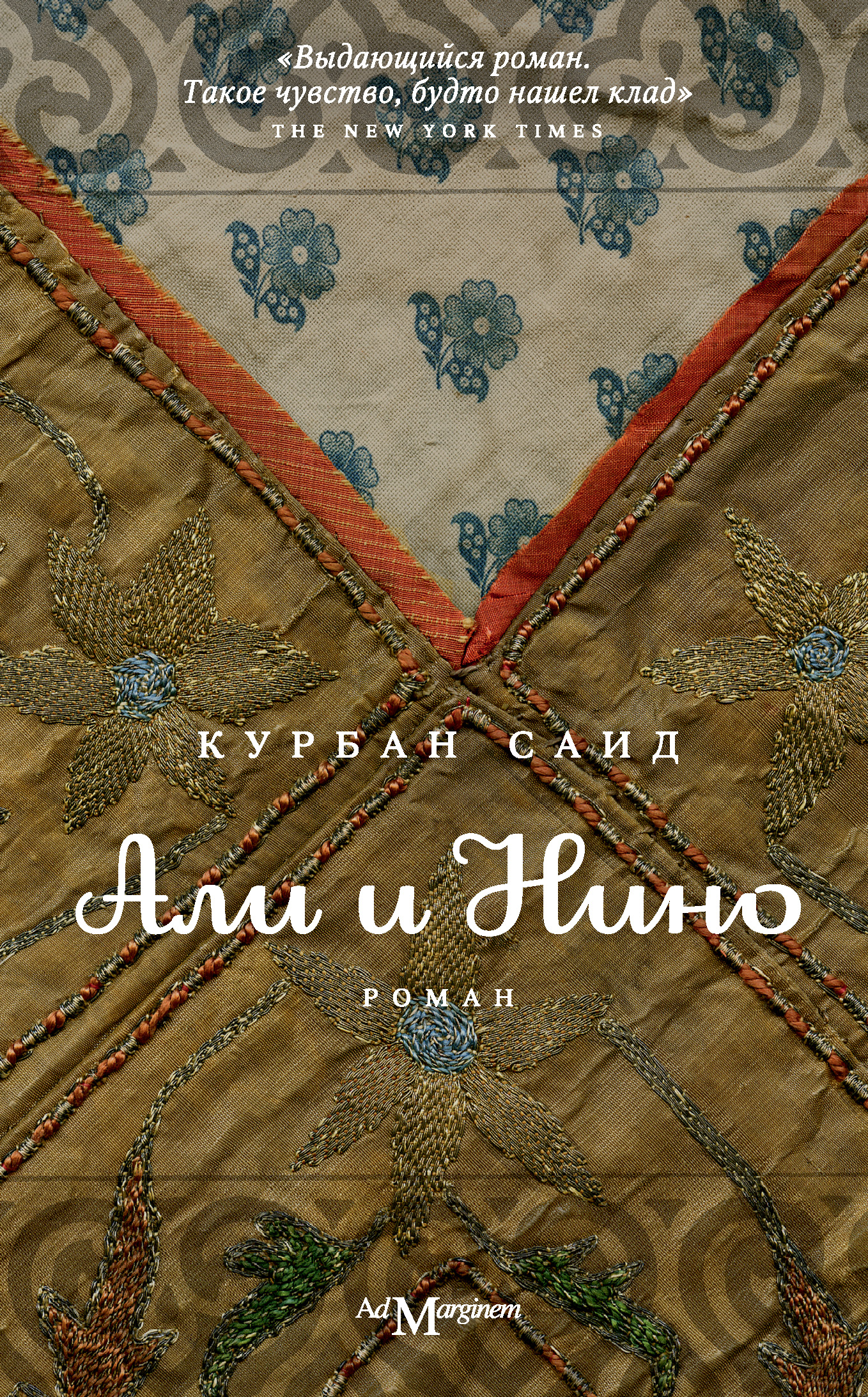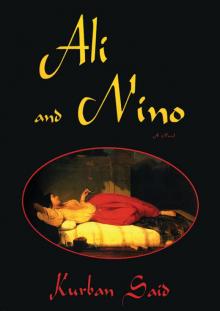

Ali's father, despite his traditional Muslim view of women, supports the marriage while trying to postpone it. At first she hesitates, until Ali promises that he will not make her wear the veil, or be part of a harem. Upon graduating from high school, Ali determines to marry Nino. The book describes the love of Ali for Nino, with excursions to mountain villages in Daghestan, Shusha in Azerbaijan, Tbilisi, Georgia, and Persia. While his father is still culturally Asian, Ali is exposed to Western values in school and through his love of Georgian princess Nino Kipiani, who has been brought up in a Christian tradition and belongs more to the European world.

Much of the novel is set in Baku's Old City ( Ichari Shahar) on the eve of the Bolshevik Revolution beginning around 1914.Īli Khan Shirvanshir, a descendant of a noble Muslim family, is educated in a Russian high school for boys. Essentially, the book is a quest for truth and reconciliation in a world of contradictory beliefs and practices – Islam and Christianity, East and West, age and youth, male and female. Today, this building houses the University of Economics, Istiglaliyyat (Independence) Street.Īli and Nino is the story of an Azerbaijani youth who falls in love with a Georgian princess. 3.3 The case for Baron and Baroness Ehrenfels's authorshipīaku Realni School, the setting of the first scene in the novel Ali and Nino.3.2.2.3 Criticisms of Blair's argumentation.3.2.2.2 Parallels Blair draws between Chamanzaminli and Ali and Nino.3.2.2.1 Blair's hypotheses on a Chamanzaminli manuscript.3.2.2 Betty Blair and Azerbaijan Internationals case for Yusif Vazir Chamanaminli's authorship.3.2.1 Assertions that Azerbaijani nationalism motivates the advocacy of Yusif Vazir Chamanzaminli's authorship.3.2 The case for Yusif Vazir Chamanzaminli's authorship.3.1.3 Additional evidence for Lev Nussimbaum's authorship: plagiarism and repetition.3.1.2.2 Tom Reiss's textual comparisons.3.1.2.1 Tom Reiss's documentary evidence for Lev Nussimbaum's authorship.3.1.2 Tom Reiss's case for Lev Nussimbaum's authorship.3.1.1 Documentary evidence for Lev Nussimbaum's authorship.3.1 The case for Lev Nussimbaum's authorship.2 Art, theater, and film related to Ali and Nino.The novel's copyright holder, Leela Ehrenfels, maintains that her aunt the Baroness Elfriede Ehrenfels von Bodmershof authored the book, mainly because the book's publishing contract and subsequent catalog record identify her as Kurban Said, though few support this as proof of her authorship. The argument for Chamanzaminli was presented in a special 2011 issue of Azerbaijan International entitled Ali and Nino: The Business of Literature, in which Betty Blair argued that Nussimbaum merely embellished a manuscript of which she surmises that Chamanzaminli must be the "core author," a position that had already been advanced by Chamanaminli's sons and their supporters for some years.

A claim for Yusif Vazir Chamanzaminli as author originated in 1971. In Tom Reiss's 2005 international bestseller The Orientalist: Solving the Mystery of a Strange and Dangerous Life, Reiss makes a thorough case that the novel is the work of Nussimbaum, which continues a claim dating to Nussimbaum's correspondence and writings 1938–1942 and the writings of Ahmed Giamil Vacca-Mazzara in the 1940s. The case for Lev Nussimbaum, aka Essad Bey, as the author originally surfaced in 1944. The true identity behind the pseudonym " Kurban Said" has been the subject of some dispute. There has been a good deal of interest in the authorship of Ali and Nino. It is widely regarded as a literary masterpiece and since its rediscovery and global circulation, which began in 1970, it is commonly considered the national novel of Azerbaijan. The book was first published in Vienna in German in 1937, by E.P. The novel has been published in more than 30 languages, with more than 100 editions or reprints.

It was published under the pseudonym Kurban Said. It explores the dilemmas created by "European" rule over an "Oriental" society and presents a tableau portrait of Azerbaijan's capital, Baku, during the Azerbaijan Democratic Republic period that preceded the long era of Soviet rule. Ali und Nino, first edition in the German language, published by Verlag E.P.Tal & Co, Vienna, 1937Īli and Nino is a novel about a romance between a Muslim Azerbaijani boy and Christian Georgian girl in Baku in the years 1918–1920.


 0 kommentar(er)
0 kommentar(er)
